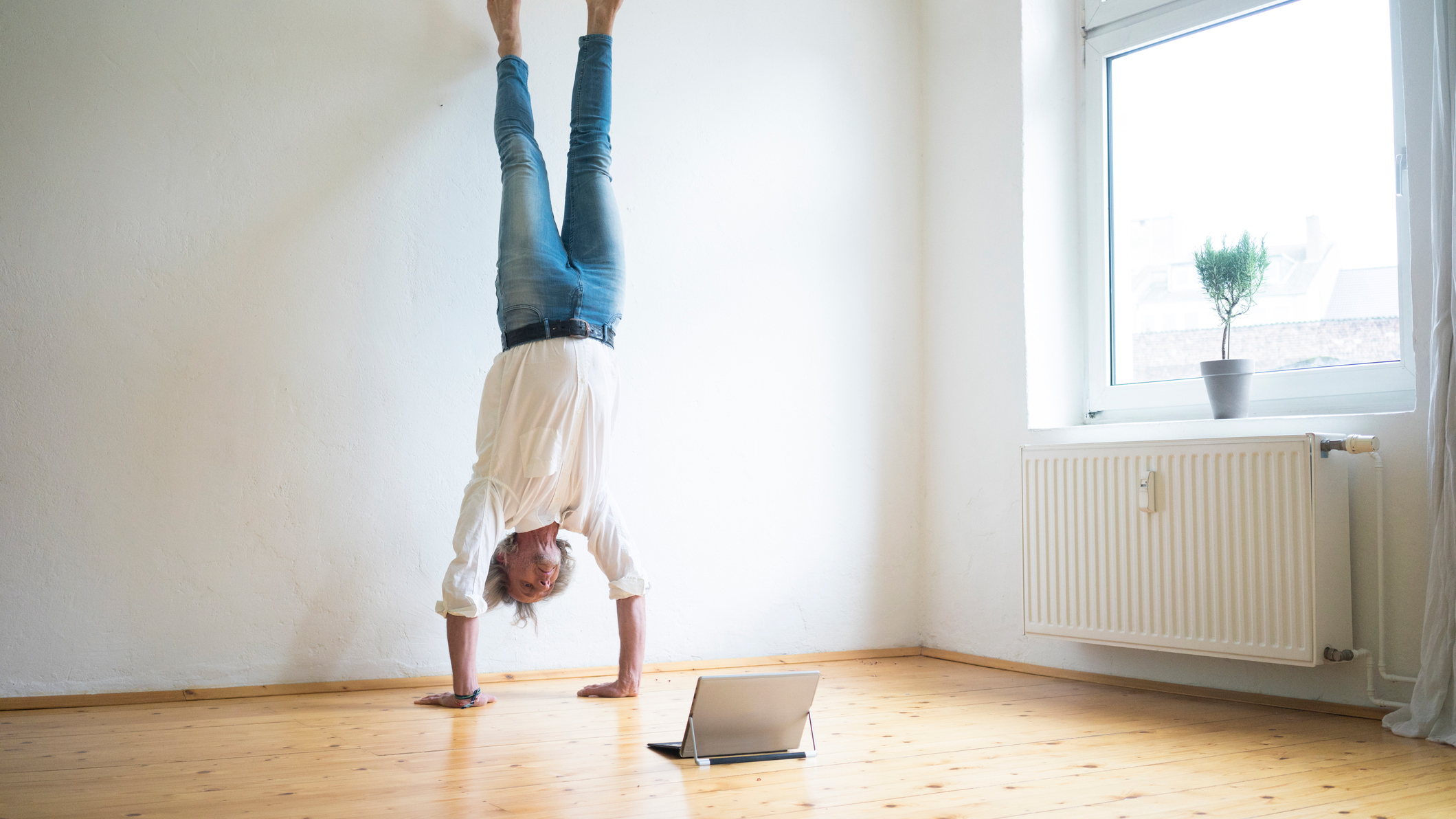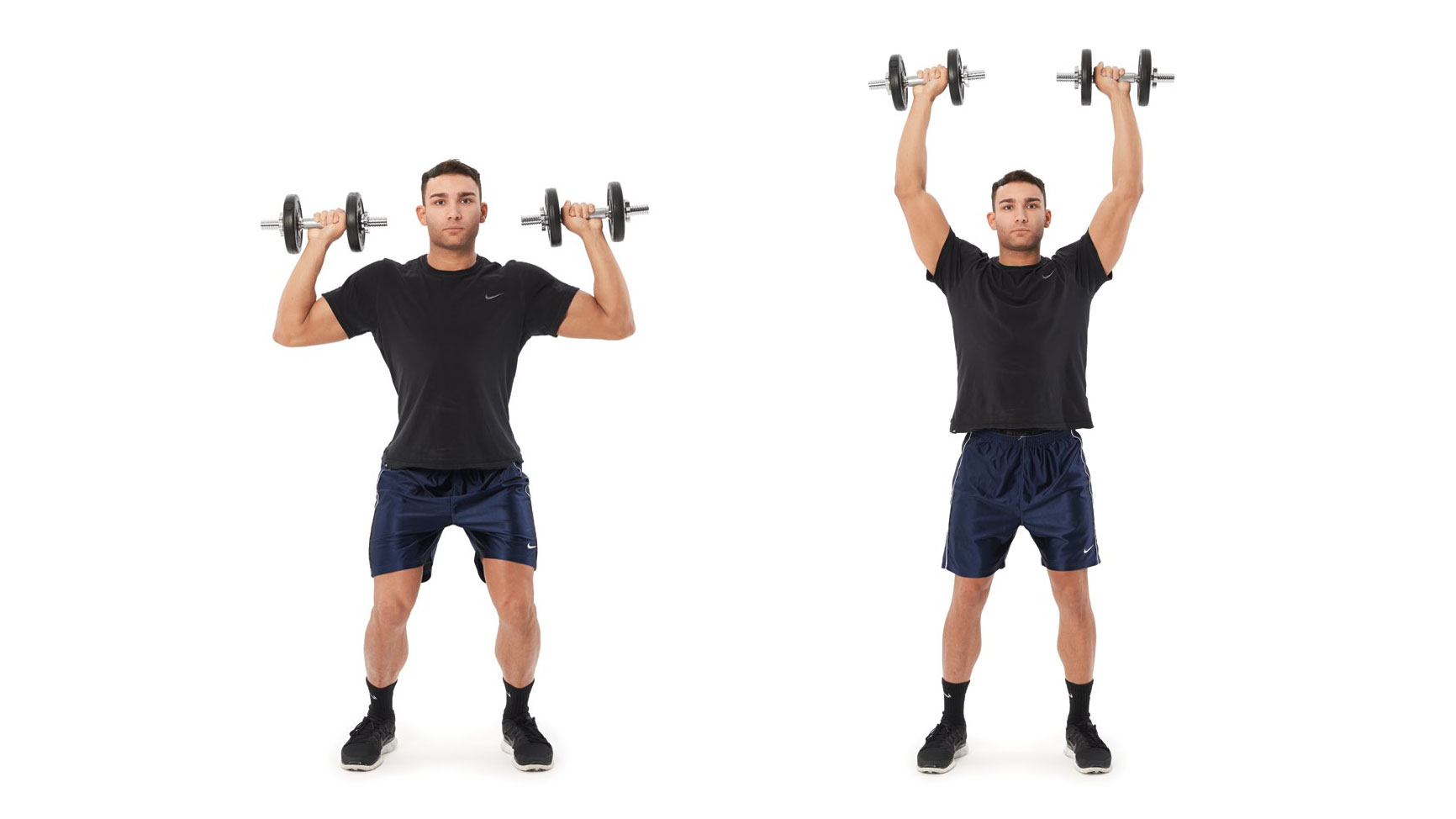This guy is teaching the internet how to do a handstand with perfect form
Chris Heria's handstand tutorial video has racked up almost four million views. Time to join the upside-down revolution


One of the coolest parts about bodyweight training – otherwise known as calisthenics – is that not only is it absolutely free, but you get to practice some very cool-looking techniques. A well-executed muscle-up or clapping push-up looks way more impressive than a bicep curl at the gym.
Once you've learned how to do pull-ups and dips with perfect form (thanks to our guide) you might want to try something a little bit more acrobatic, such as the handstand. If you're already relatively fit and healthy, handstands make for an excellent calisthenics challenge.
Watch Chris Heria's handstand tutorial video here:
Calisthenics expert Chris Heria's incredibly-popular guide to learning a handstand in five steps is a great example of how to begin turning your life upside-down. He walks you (on his hands) through the steps he took to learn this advanced calisthenics move.
"There's three components when it comes to mastering the handstand hold," says Heria in the video above. "Upper body strength, form and balance." You just need a little core control and some shoulder strength, the latter you can achieve by practising shoulder presses and flys with dumbbells. If you don't have any, you can check out our guides to some of the best adjustable dumbbells or best kettlebells here.
Otherwise, Heria's first step is the pike push-up, in which you begin in push-up position and walk your feet towards your hands, or place them on an elevated surface. Hold your pike position, getting your shoulders used to having weight placed on them for a good length of time.

Once you've got the pike down, Heria's next step is wall walking. Starting in a push up position facing away from the wall, Heria walks himself backwards until he's almost nose-to-nose with the wall. This step isn't for the faint of heart, and Heria recommends you do three wall-walks with 20-second holds before you're ready for the next step.
The penultimate step is to kick up against the wall with the same amount of force every time. "When you kick up, you want to make sure you're leading with your hips" says Heria. "You want to use the same effort every single time." Once you can use your hands to control which way your body tilts, you're ready for the real thing.
Start your week with achievable workout ideas, health tips and wellbeing advice in your inbox.
Why learn to handstand?
In adults, handstands work your traps (the muscles between your neck and shoulders), wrists, triceps and anterior deltoids, or rear shoulder muscles, according to research. It also activates your core, as you have to keep yourself "tight" to avoid spilling over one side or the other.
All this combines to make handstands an extremely effective isometric "compound" exercise, working lots of muscle groups at once. It's an advanced yoga pose, allowing you to deepen your practice if you're a keen yogi, and lastly (of course) it's a great party trick if you find yourself at the beach.
Providing you've got good core strength and shoulder mobility, there's nothing stopping you learning to perform a handstand at any age or time of life.
Matt Evans is an experienced health and fitness journalist and is currently Fitness and Wellbeing Editor at TechRadar, covering all things exercise and nutrition on Fit&Well's tech-focused sister site. Matt originally discovered exercise through martial arts: he holds a black belt in Karate and remains a keen runner, gym-goer, and infrequent yogi. His top fitness tip? Stretch.
